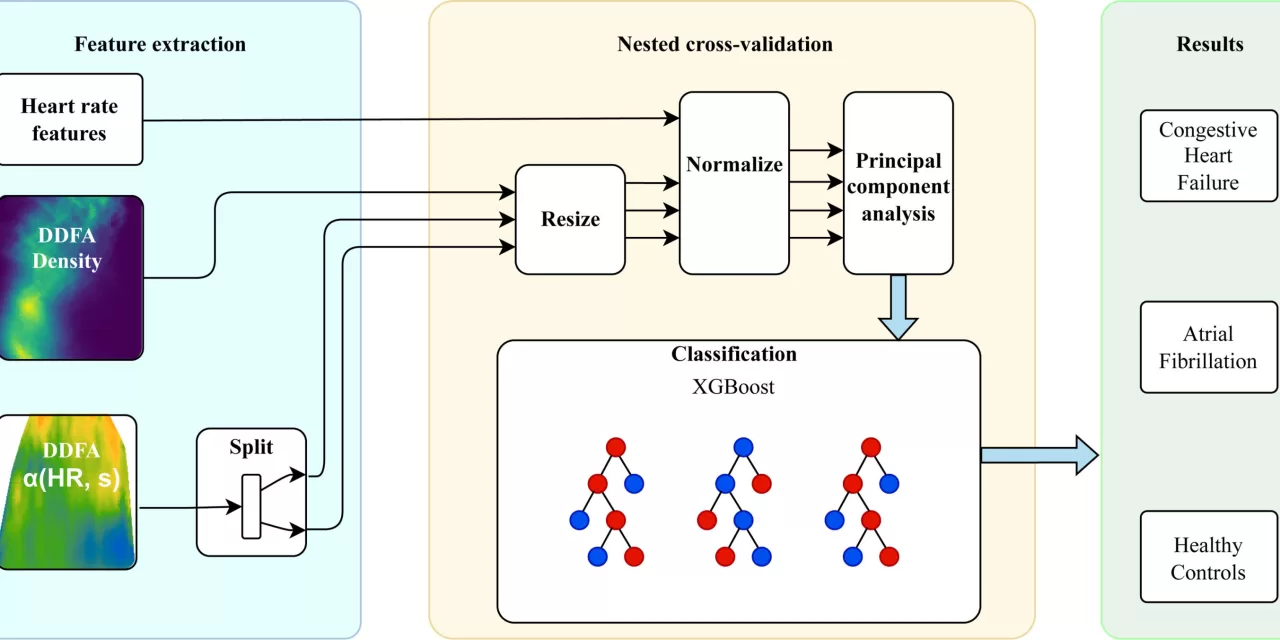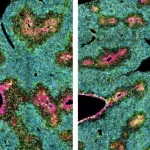Tampere, Finland – Researchers at Tampere University have made a significant breakthrough in diagnosing heart diseases using consumer-grade smartwatches and heart rate monitors. According to a new study published in Heart Rhythm O2, congestive heart failure can be reliably detected by analyzing inter-beat intervals—also known as RR intervals—which measure the time between successive heartbeats.
Revolutionizing Heart Disease Detection
The groundbreaking method was developed by the Quantum Control and Dynamics research group, led by Professor Esa Räsänen. Using advanced time-series analysis, the researchers were able to examine the complex characteristics of heart diseases by studying the dependencies between inter-beat intervals across different time scales.
To validate their method, the team analyzed multiple international databases containing long-term electrocardiographic (ECG) recordings. The study focused on distinguishing patients with congestive heart failure from healthy individuals and those suffering from atrial fibrillation. The results were highly promising, with the method achieving a 90% accuracy rate in detecting congestive heart failure.
Affordable and Accessible Cardiac Monitoring
Traditionally, diagnosing congestive heart failure requires expensive and time-consuming imaging techniques such as echocardiography. Detecting heart failure using inter-beat intervals alone has long been considered difficult, particularly in patients with a regular sinus rhythm. In contrast, atrial fibrillation is already detectable with many consumer-grade wearable devices.
With this innovative approach, smartwatches and heart rate monitors could provide a more accessible and cost-effective solution for early screening of congestive heart failure. Earlier detection would enable timely medical intervention, improving patient outcomes and reducing healthcare costs.
“The new method opens up new opportunities for digital healthcare and patient self-monitoring,” said lead author Doctoral Researcher Teemu Pukkila.
Professor of Cardiology Jussi Hernesniemi, who participated in the study and also works at Tays Heart Hospital, added, “Our findings pave the way for the early detection of congestive heart failure using readily available equipment, eliminating the need for complex diagnostic procedures.”
Future Prospects in Cardiovascular Diagnostics
The Quantum Control and Dynamics group has previously applied similar analytical methods to detect sudden cardiac death and optimize endurance sports performance. The next step for the researchers is to expand their study with more extensive datasets and explore whether this approach can be adapted to detect other heart conditions more accurately.
The results underscore the potential for advanced algorithms to revolutionize cardiovascular disease diagnostics, making early detection and management more accessible to the general population.
Disclaimer: While this research represents a promising advancement in heart disease detection, smartwatches and heart rate monitors should not replace professional medical diagnosis. Patients experiencing symptoms of heart disease should consult a healthcare professional for a comprehensive evaluation.












